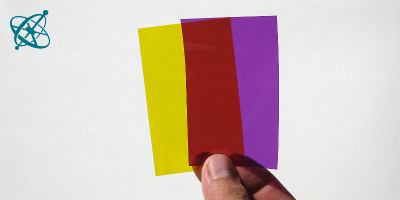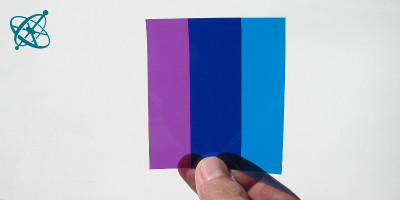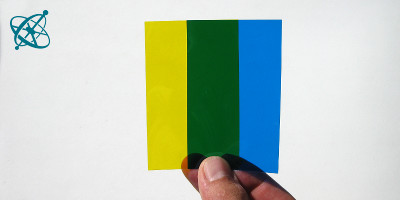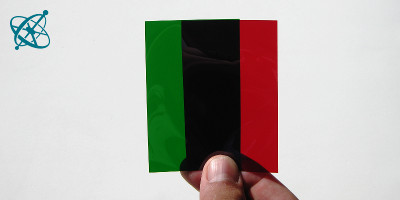 www.sciensation.org | Ciênsação hands-on experiments are published as Open Educational resources under a Creative Commons Attribution-ShareAlike 4.0 International License.
www.sciensation.org | Ciênsação hands-on experiments are published as Open Educational resources under a Creative Commons Attribution-ShareAlike 4.0 International License.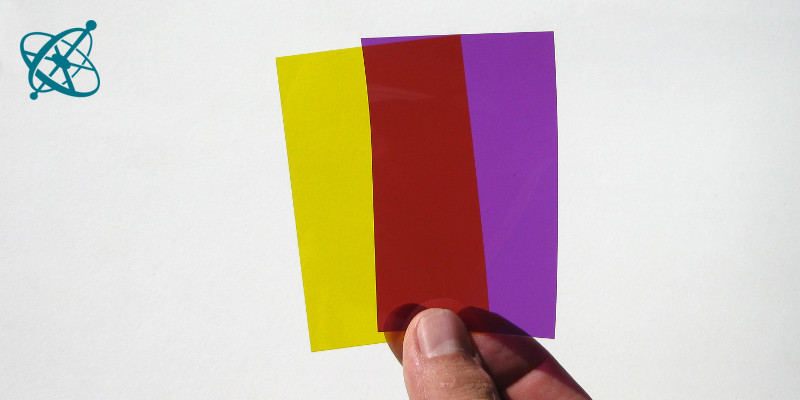
Two color filters, but three colors.
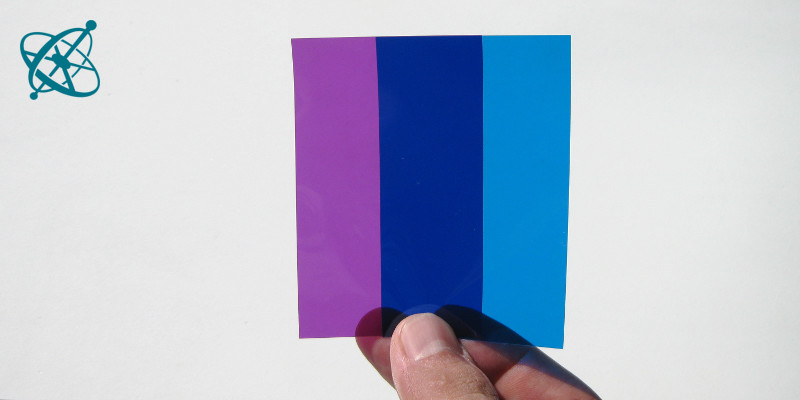
What does a color filter actually do?
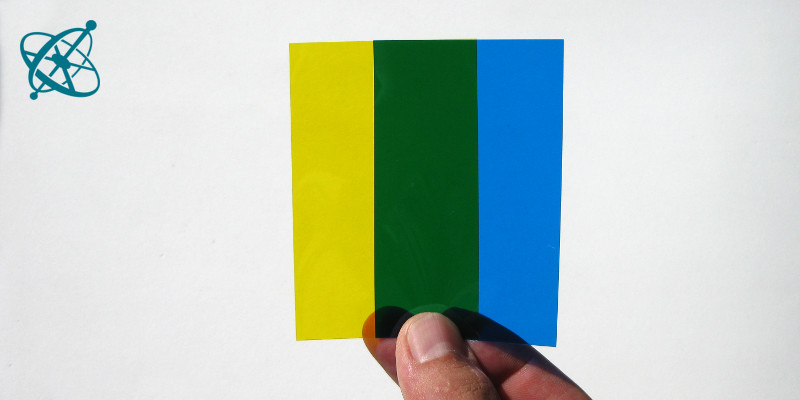
How are these colors generated, and…
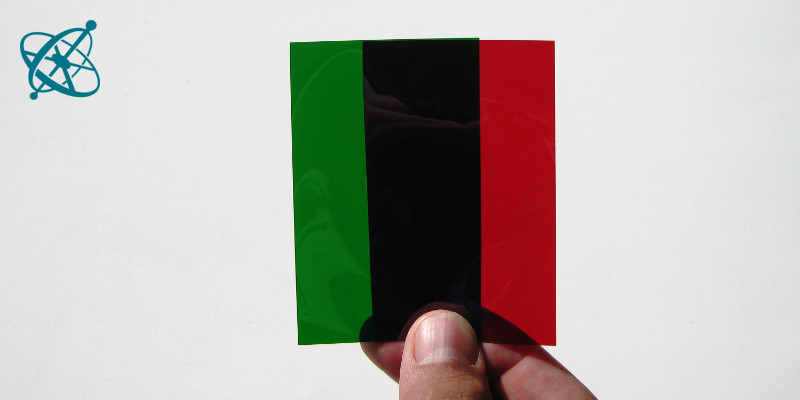
… how are they related?
Color relations
How is red related to cyan, or blue to yellow? Indeed, they are complementary colors – but what does this actually mean?
This simple experiment turns abstract color theory into a tangible color filter puzzle that challenges your student's analytical thinking.
Finding the relation between complementary colors.
Combining multiple observations in one evidence-based conclusion.
Hand out to each group of students color filters in red, green, blue, cyan, magenta and yellow.
Within a few minutes, your students will have observed all possible filter combinations. It might take longer to figure out what a color filter actually does, and solve the riddle how the given color pairs are related. This process of combining different observations to draw an evidence-based conclusion will foster your students' analytical skills. Therefore, please be patient and take care not to give away too much of the solution too early.
Take the 6 color filters and look through each combination of two filters. Note down your observations in a table.
1. What differences do you note between red, green, and blue filters compared to cyan, magenta and yellow filters?
2. How is red related to cyan, green to magenta and blue to yellow?
How many combinations do you need to check?
› Since it makes no difference, which of the two filters is in front of the other, there are only 15 relevant combinations.
Does a color filter 'add' something to the light, or does it take something away?
› After passing through a filter or a combination of filters, the light is never brighter, but darker than before. Hence the filters take something out of the light.
Why is the result always green when you combine cyan, yellow and green filters?
› All of these filter combinations let only green light pass. This means that each of the filters allows green light to pass, and thus that yellow and cyan are green light plus something else.
Why is the result always blue when you combine cyan, magenta and blue filters?
› All of these filter combinations let only blue light pass. From the previous answer we can therefore conclude that cyan filters let green and blue light pass.
Why does the combination of cyan and red appear black?
› The cyan filter takes out the red light (absorbs it), and the red filter lets only red light pass. Therefore no light can pass both filters.
White light consist of all colors, or, more specifically, of radiation in all visible wavelengths. Color filters absorb some wavelengths more than others, so that the light passing them appears colored to us. While e.g. red filters only let pass red light, i.e. shorter wavelengths that appear red to us, cyan filters let pass all colors (wavelengths) except red. Combined, red and cyan filters therefore absorb all the light and appear black. A yellow filter lets pass all the colors except blue, and a magenta filter all the colors except green. These color pairs are called complementary colors.
Cyan and yellow filters have in common that they let pass green light, while red light is absorbed by a cyan filter and blue light by a yellow filter. Combined they therefore appear green.
